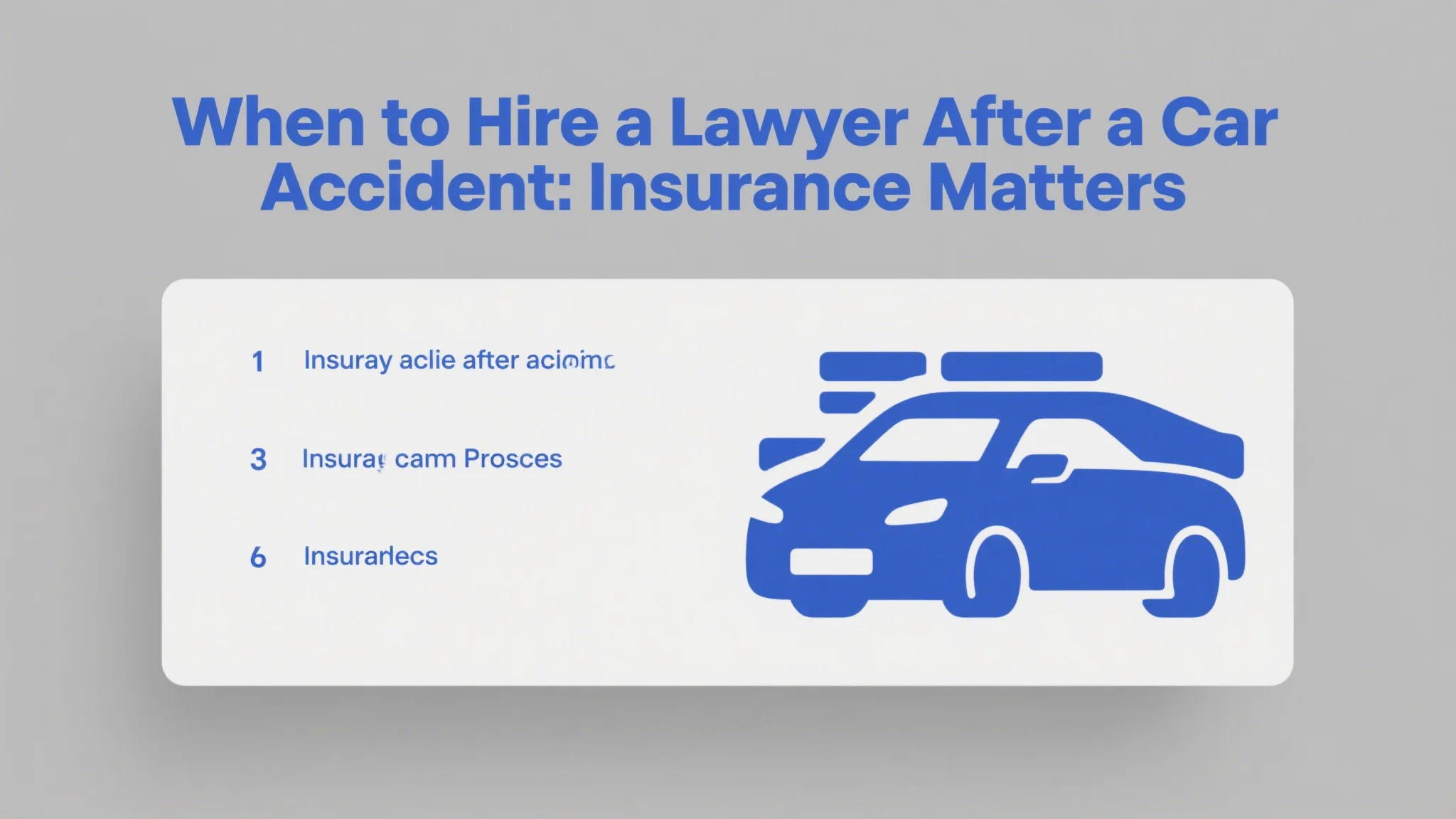Understanding Refinance and HELOC
When it comes to managing your home’s equity, two popular options often arise: refinancing your mortgage and taking out a Home Equity Line of Credit (HELOC). Each offers unique benefits, but understanding which suits your financial goals better can be challenging. Let’s delve into what each option entails.

What is Refinancing?
Refinancing your mortgage involves replacing your current mortgage with a new one, often to secure better terms or access cash. This process allows you to adjust the loan’s terms, such as interest rate and loan structure, which can lead to significant savings over time. Homeowners typically refinance to lower their monthly payments, switch from an adjustable-rate to a fixed-rate mortgage, or access cash for various purposes like home improvements or debt consolidation.
Pros of Refinancing:
Lower Interest Rates: If market rates have dropped, refinancing can reduce your monthly payments and overall interest支出.
Fixed vs Adjustable Rates: You can choose a fixed-rate mortgage for stable payments or an adjustable-rate for initially lower rates that may adjust over time.
Cash-Out Option: Access cash from your home’s equity to fund projects or expenses.
Cons of Refinancing:
Fees: Closing costs can range from 3-6% of the loan amount.
Time-Consuming: The process can take several weeks.
No Immediate Savings: While monthly payments may decrease, the upfront costs can offset immediate savings.
What is a HELOC?
A HELOC is a line of credit secured by your home’s equity. It functions like a credit card, allowing you to borrow up to your credit limit as needed, with the interest rate typically lower than credit cards. HELOCs are ideal for those needing flexibility in borrowing amounts and timing.
Pros of HELOC:
Flexibility: Borrow only what you need when you need it.
Lower Interest Rates: Often lower than credit cards, making it cost-effective for large expenses.
Tax Benefits: Interest on HELOCs may be tax-deductible, depending on your situation.
Cons of HELOC:
Variable Rates: Interest rates can fluctuate, increasing your payments during rate hikes.
No Principal Reduction: Unlike a mortgage, a HELOC doesn’t reduce your principal; you only pay interest until you start repaying the drawn amount.
Comparing the Two:
Both options allow you to tap into your home’s equity, but they serve different purposes. Refinancing is for replacing your current mortgage, potentially lowering your monthly payment and interest支出, while HELOC offers flexibility for specific expenses without altering your mortgage terms.
Which Option Saves You More?
Determining which option saves you more depends on several factors, including your financial goals, current mortgage terms, and market conditions.
Understanding the Costs:
Refinancing Costs: Includes closing costs, appraisal fees, and possibly points (prepaid interest). These can add up, so it’s crucial to weigh these against potential savings.
HELOC Costs: Typically lower upfront costs, with a small application fee and minimal closing costs.
How Refinancing and HELOC Affect Your Savings:
Refinancing: If you secure a lower interest rate, your monthly savings can be substantial. For example, reducing a 5% rate to 4% on a $200,000 loan could save you around $100 monthly. Over the loan term, this adds up significantly.
HELOC: Savings come from lower interest rates compared to other credit sources. If you use a HELOC for home improvements, you might save thousands in interest compared to using a high-interest credit card.
Factors to Consider:
Current Mortgage Terms: If your current mortgage has a high interest rate, refinancing might offer substantial savings. Conversely, if rates are favorable, a HELOC might be more economical for specific expenses.
Debt Consolidation: Refinancing can consolidate high-interest debt into a lower-rate loan, reducing overall interest支出. A HELOC can also help, but it doesn’t consolidate existing mortgages or other debts.
Long-Term vs Short-Term Needs: Refinancing is suitable for long-term savings, while a HELOC is ideal for immediate needs without altering your mortgage structure.
Home Equity: Both options require significant equity, but refinancing typically requires more. Ensure you have enough equity to qualify and avoid overextending your credit.
Making the Decision:
Assess your financial situation by evaluating your current mortgage, interest rates, and long-term goals. If your primary goal is to reduce your monthly payment and secure a lower interest rate, refinancing is likely the better option. For flexibility and specific expenses without altering your mortgage, a HELOC may be more suitable.
:
Both refinancing and HELOC offer ways to utilize your home’s equity, each with unique benefits. Refinancing can lead to significant long-term savings through lower interest rates and monthly payments, while a HELOC provides flexibility for specific expenses. By understanding your financial needs and goals, you can choose the option that best aligns with your strategy for saving and growing your equity. Always consult with a financial advisor to ensure the best choice for your situation.



